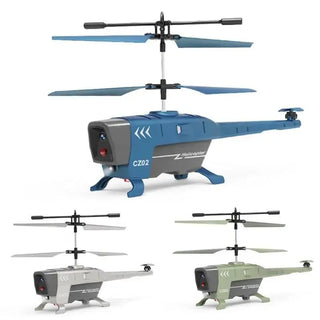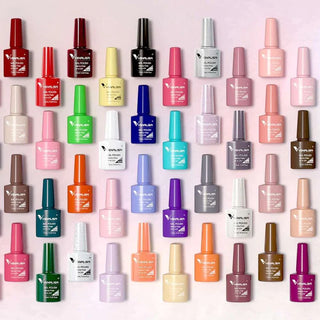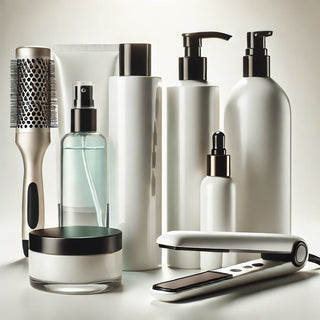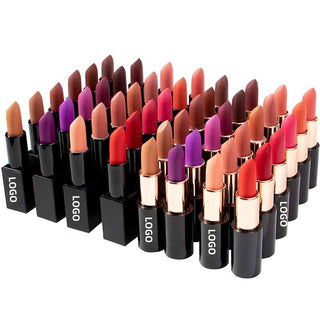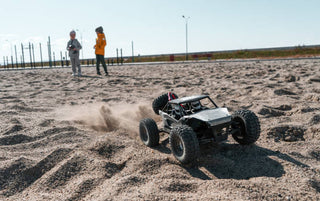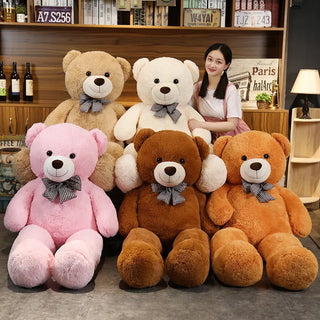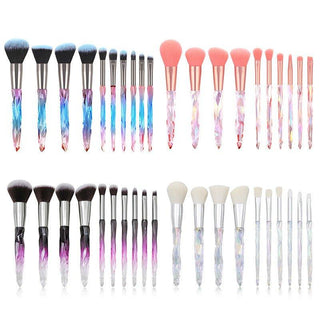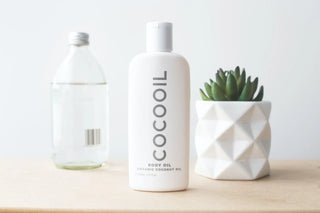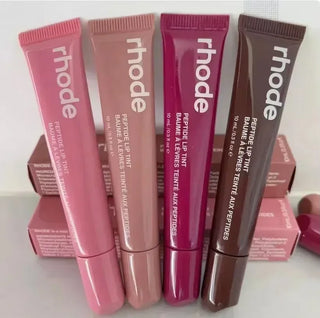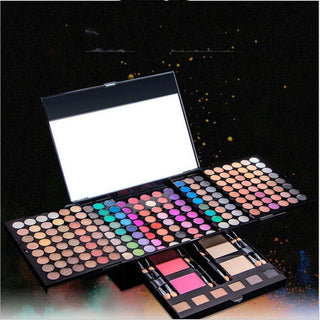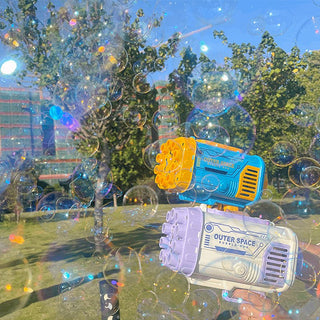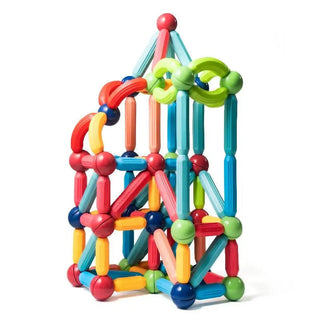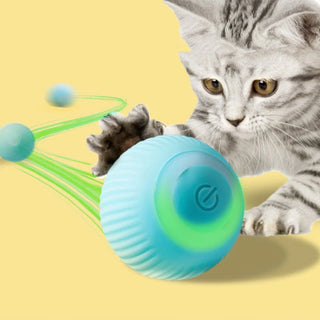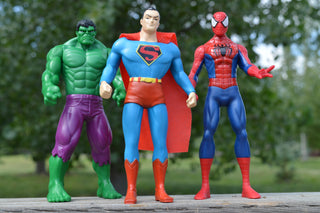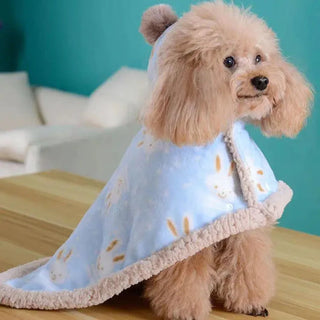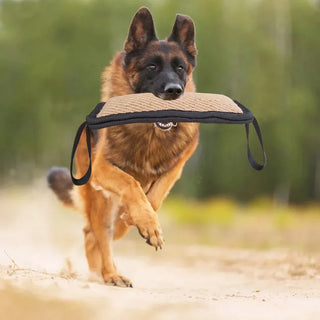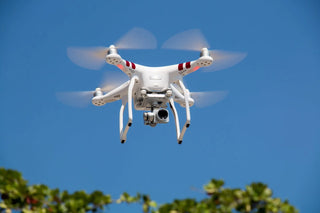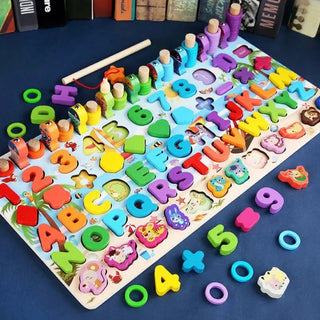Rattles are more than just colorful toys for babies; they're essential tools for their growth and development. These simple instruments provide a wealth of benefits that help infants engage with their surroundings, develop motor skills, and even strengthen emotional bonds with caregivers. In this article, we’ll explore how rattles contribute to various aspects of infant development, from sensory stimulation to motor skills, and how to choose the right one for your little one.
Key Takeaways
- Rattles stimulate a baby's senses through sound, sight, and touch.
- They aid in developing both fine and gross motor skills as babies learn to grasp and shake them.
- Choosing the right rattle involves considering the baby's age and safety features.
- Rattles can enhance emotional well-being by providing comfort and promoting interaction.
- Alternatives to traditional rattles, like plush toys and musical options, can also support development.
Understanding The Role Of Rattles In Development
Rattles! They're not just noisy toys; they're actually little development powerhouses for babies. I remember when my niece got her first rattle – she was absolutely mesmerized. It got me thinking about all the ways these simple toys help babies grow and learn. Let's explore the different ways rattles contribute to a baby's development.
Sensory Stimulation Through Sound
The most obvious benefit of a rattle is the sound it makes. This auditory stimulation is super important for a baby's developing hearing. Different rattles produce different sounds – some are soft and gentle, while others are loud and exciting. This variety helps babies learn to distinguish between different sounds and tones. It's like a mini music lesson, but way more fun! The baby's emotional and social development is also impacted by rattles.
Enhancing Motor Skills
Rattles are fantastic for helping babies develop their motor skills. Grasping a rattle, shaking it, and moving it around all require different muscle movements. These movements help strengthen a baby's hand and arm muscles, which are essential for later skills like crawling, reaching, and eventually, writing. It's amazing how such a simple toy can have such a big impact on a baby's physical development. Here's a quick look at how rattles help with motor skills:
- Grasping: Develops hand strength.
- Shaking: Improves arm and shoulder muscles.
- Reaching: Enhances coordination.
Encouraging Cognitive Growth
Beyond the sensory and motor benefits, rattles also play a role in cognitive development. As babies play with rattles, they start to understand cause and effect. They learn that when they shake the rattle, it makes a sound. This understanding is a building block for more complex cognitive skills later in life. Plus, the different colors, shapes, and textures of rattles can help stimulate a baby's brain and encourage exploration. The baby's sense of hearing is also aided by the sounds from the rattle.
Rattles are more than just toys; they're tools that help babies learn and grow. They stimulate the senses, enhance motor skills, and encourage cognitive development. By providing babies with rattles, we're giving them a fun and engaging way to explore the world around them.
How Rattles Support Sensory Development

Rattles are more than just noise-makers; they're little sensory gyms for babies. They engage multiple senses at once, which is super important for early development. It's amazing how something so simple can have such a big impact. Rattles are a great focal point for playtime.
Visual Stimulation
Rattles often come in bright colors and interesting patterns. These visual elements help babies develop their eyesight. At first, babies can only see things that are close up, but as they play with rattles, they start to track movement and distinguish different colors and shapes. It's like a workout for their eyes!
Auditory Engagement
Obviously, sound is a big part of what makes rattles appealing. The gentle rattling sound captivates a baby's attention, helping them learn to associate sounds with actions. This is a key step in developing auditory processing skills. Different rattles make different sounds, too, which adds another layer of sensory input. It's not just about hearing a noise; it's about learning what that noise means.
Tactile Exploration
Rattles come in all sorts of textures and materials. Some are smooth, some are bumpy, some are soft, and some are hard. Babies explore these different textures with their hands and mouths, which helps them develop their sense of touch. This tactile exploration is important for learning about the world around them. Plus, holding and manipulating a rattle helps develop those tiny hand muscles.
Rattles are not just toys; they are tools for learning. They help babies explore their senses and develop important skills. It's a simple way to support their growth and development.
The Impact Of Rattles On Motor Skills
Rattles aren't just noise-makers; they're actually little gyms for your baby! They help develop a bunch of important motor skills. It's pretty cool how something so simple can have such a big impact.
Fine Motor Skill Development
Rattles are great for developing fine motor skills. Think about it: your baby has to learn how to grasp the rattle, hold onto it, and then shake it. These actions work the small muscles in their hands and fingers. It's like a mini workout for their hands! Different shapes and sizes of rattles can challenge them in different ways, too. My niece, Lily, had this one rattle with textured rings, and it was amazing to watch her little fingers explore each bump and groove. It really seemed to help her develop a more refined grasp. Choosing the right age-appropriate options is important.
Gross Motor Skill Enhancement
It's not just about the little muscles! Rattles can also help with gross motor skills. As babies get older, they might start reaching for the rattle, rolling over to get it, or even sitting up to play with it. These movements use larger muscle groups and help them develop coordination and strength. My son, Tom, used to love batting at a rattle hanging from his play gym. It encouraged him to reach and stretch, which definitely helped him build his upper body strength.
Hand-Eye Coordination
Hand-eye coordination is a big deal, and rattles can play a role in developing it. Babies learn to visually track the rattle and then coordinate their hand movements to reach for it and grab it. This process helps them connect what they see with what they do. It's all about building those neural pathways!
I remember when my daughter, Mia, first started using a rattle. She would stare at it intently, then slowly reach out, her little hand trembling with effort. When she finally made contact, her face would light up with the biggest smile. It was such a rewarding moment to witness her developing this important skill.
Here's a simple way to think about it:
- Visual Tracking: Baby sees the rattle.
- Reaching: Baby attempts to grab the rattle.
- Grasping: Baby successfully holds the rattle.
- Shaking: Baby moves the rattle, creating sound.
And here's a table showing how rattles can help with motor skills:
| Skill | How Rattles Help |
|---|---|
| Fine Motor Skills | Grasping, holding, manipulating small objects |
| Gross Motor Skills | Reaching, rolling, sitting up to play |
| Hand-Eye Coordination | Visually tracking and coordinating hand movements |
Choosing The Right Rattle For Your Baby
Finding the perfect baby rattle can feel like a big task. There are so many options out there! But don't worry, it doesn't have to be overwhelming. Let's break down the key things to consider so you can pick a rattle that's safe, fun, and helpful for your little one's development.
Age-Appropriate Options
Making sure the rattle is right for your baby's age is super important. A newborn won't be able to handle the same rattle as a six-month-old. Check the manufacturer's recommendations for age ranges. This isn't just about fun; it's about safety and making sure the rattle actually helps your baby learn and grow. A rattle that's too complex might frustrate a younger baby, while one that's too simple might not hold an older baby's attention.
Safety Considerations
Safety is always the top priority. Here's what to keep in mind:
- Material: Look for rattles made from safe, non-toxic materials. Babies put everything in their mouths, so you want to avoid anything that could be harmful.
- Construction: Check for small parts that could break off and become a choking hazard. Wooden rattles are often sturdier than plastic ones.
- Strings and Ribbons: Avoid rattles with long strings or ribbons, as these can pose a strangulation risk.
- Edges: Make sure there are no sharp edges or rough surfaces that could hurt your baby.
Always supervise your baby while they're playing with a rattle. Even with the safest rattle, it's important to keep a close eye on them.
Material Choices
Rattles come in all sorts of materials, each with its own pros and cons. Here's a quick rundown:
- Plastic: Easy to clean and often brightly colored, but make sure it's BPA-free and non-toxic.
- Wood: Durable and natural, but can be harder to clean. Look for smooth, splinter-free finishes.
- Fabric: Soft and cuddly, but needs to be washed regularly. Make sure any stuffing is securely contained.
Consider what's most important to you – ease of cleaning, durability, or softness – and choose a material that fits your needs.
Rattles And Emotional Well-Being
Comforting Sounds
Rattles aren't just about noise; they can be super comforting for babies. The gentle, rhythmic sounds can actually calm a fussy baby down. It's like a little bit of magic. My niece, for example, had this one rattle shaped like a star, and whenever she was upset, that thing worked wonders. It's amazing how something so simple can provide such a sense of security, especially when they're feeling a bit overwhelmed. It's like their own little portable comfort item.
Encouraging Social Interaction
Rattles can be a great way to get some playtime in with your baby. It's a chance for parents and caregivers to get in on the fun, play around, and make those heart-melting connections. Sharing a rattle moment with your baby is like creating your own little family club. It's a focal point for playtime with parents and siblings. It's a simple way to bond with your child and create positive associations with interaction.
Building Parent-Child Bonds
Playing with a rattle can really help strengthen the bond between parent and child. It's not just about the baby enjoying the sound; it's about the shared experience. When you're shaking the rattle and making silly faces, your baby is learning to connect with you on an emotional level. It's a chance to create lasting memories and build a foundation of trust and affection.
It's amazing how a simple toy can be a tool for emotional connection. The act of playing together, responding to the baby's cues, and sharing moments of joy all contribute to a stronger, more secure parent-child relationship. It's these small interactions that make a big difference in the long run.
Exploring Alternatives To Traditional Rattles
Okay, so rattles are great, but sometimes you want to mix things up a bit, right? There are tons of other toys that can do similar things for your baby's development. Let's look at some cool alternatives.
Plush Teething Toys
These are awesome because they're soft and cuddly, plus they help with teething. It's like a two-for-one deal! Look for ones with different textures to keep your baby interested. My niece loved this soft sherpa thing that she could chew on for hours. It was way better than just a plain old teether.
Musical Toys
Musical toys are another great option. They can be anything from little pianos to toys that play lullabies. They help with auditory development, just like rattles, but they also introduce your baby to different sounds and melodies. Plus, they can be super calming. I remember this one toy that played classical music; it would always put my little one right to sleep.
Interactive Play Mats
Interactive play mats are fantastic for tummy time and encouraging movement. They often have different textures, colors, and sounds to stimulate your baby's senses. Some even have little mirrors so your baby can see themselves. It's like a whole playground in one mat! They really help with hand-eye coordination and getting them moving around.
Switching up toys keeps things interesting for your baby and helps them develop different skills. It's all about finding what works best for your little one and keeping them engaged and happy.
Best Practices For Using Rattles
Supervised Playtime
Okay, so you've got a rattle. Awesome! But here's the deal: always, always, always supervise your baby when they're playing with a rattle. I know, it sounds obvious, but it's super important. You want to make sure they're not putting the whole thing in their mouth (because, let's be real, they will try), and that no small parts are coming loose. It's all about keeping them safe and sound. You can find safe rattles that are age-appropriate and made from non-toxic materials, but supervision is still key.
Incorporating Rattles Into Daily Routines
Rattles aren't just for random playtime; you can totally weave them into your baby's daily routine. Think about it: during tummy time, a rattle can be a great distraction and motivator. Or, when you're changing their diaper, a rattle can keep them occupied. Even during those fussy moments, the gentle sound of a rattle might just do the trick. It's all about finding those little pockets of time where a rattle can add a bit of fun and engagement. Here are some ideas:
- Tummy time: Place the rattle just out of reach to encourage reaching and crawling.
- Diaper changes: Use the rattle to distract and entertain during changes.
- Fussy moments: The gentle sound can be soothing.
Encouraging Exploration
Let your baby explore! Don't just hand them the rattle and expect them to be entertained. Encourage them to shake it, bang it (gently, of course), and feel the different textures. Let them discover the cause and effect of their actions. When they shake it, it makes a sound! Mind-blowing, right? This kind of exploration is how they learn and grow. You can even get different types of rattles, like fabric rattles or silicone rattles, to give them a variety of sensory experiences.
I remember when my little one first figured out that she could make the rattle sound herself. The look on her face was priceless! It was like she had just unlocked a secret code. These moments of discovery are what make rattles so much more than just toys; they're tools for learning and development.
When using rattles, it's important to follow some simple tips to get the best results. First, always check the rattle for any damage before using it. Make sure to hold it correctly to create the best sound. Practice using different rhythms to see what works best for you. Lastly, don’t forget to have fun! For more tips and tricks on using rattles, visit our website today!
Wrapping It Up
In the end, baby rattles are more than just cute toys. They’re a big deal for your little one's growth. From helping with motor skills to sparking curiosity, these simple toys pack a punch. Plus, they keep babies entertained, which is a win for parents too! So, when you're picking out toys for your baby, don’t overlook the rattle. It might just be the perfect mix of fun and learning that your baby needs. Happy rattling!
Frequently Asked Questions
What are the main benefits of using a rattle for my baby?
Rattles help babies explore their senses, improve motor skills, and support their cognitive development. They make sounds that attract attention and encourage babies to reach, shake, and play.
At what age should I introduce a rattle to my baby?
You can start using rattles when your baby is around 2 to 3 months old. At this age, they begin to grab and shake objects, making rattles a great tool for their development.
What should I look for when choosing a rattle?
Look for rattles that are safe for your baby's age, made from non-toxic materials, and easy for tiny hands to hold. Also, consider the design and sounds that might engage your baby.
Are there any safety concerns with rattles?
Yes, ensure that the rattle does not have small parts that could be a choking hazard. Choose rattles made from sturdy materials that are safe for mouthing, as babies often explore toys with their mouths.
How do rattles help with my baby's emotional development?
Rattles can provide comfort and entertainment, helping to soothe fussy babies. Playing with a rattle can also create bonding moments between parents and their babies.
What are some alternatives to traditional rattles?
Alternatives include plush teething toys, musical toys, and interactive play mats. These options also support sensory development while offering different ways to engage your baby.

